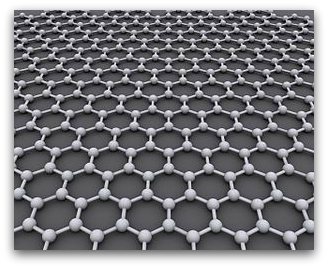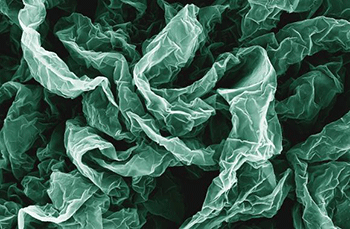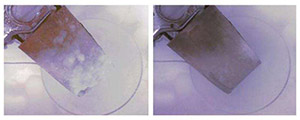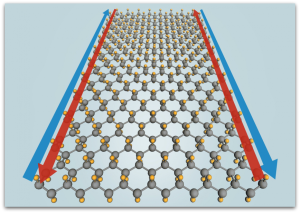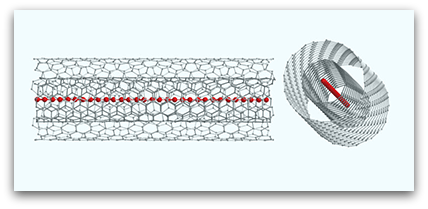
Image: Lei Shi/Faculty of Physics, University of Vienna
The material Carbyne hit the benchtop years ago. Scientists were able to calculate the properties of this exotic material, but not able to stabilize it. Carbyne promised to be stronger and stiffer than any other material known to man, but the question of how to synthesize it remained.
Now, researchers from the University of Vienna in Austria were able to do just that. The researchers took the highly reactive, one-dimensional chain of carbon atoms and synthesized it by wrapping it in a double-walled tube of graphene that provided a protective casing, allowing the material to remain intact.
This from Gizmodo:
The record for stringing together carbon atoms like this in the past had been 100 in a row; now, the team can put 6,400 atoms together, and have them remain in a chain for as long as they want. That is, of course, as long as they sit inside the carbon Thermos. It remains to be seen how useful Carbyne will be whilst wrapped up, but for now it’s the best that researchers can achieve.
While not much is known about Carbyne, the material is believed to be stronger than both graphene and diamonds, and twice the stiffness of any known material. Maybe (just maybe) this could bring us one step closer to space elevators.


